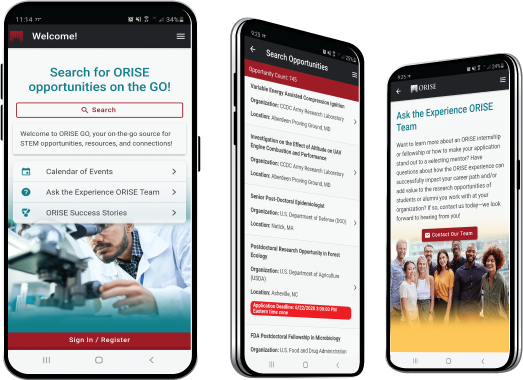Small Wideband Planar Scanning Arrays
Create and release your Profile on Zintellect – Postdoctoral applicants must create an account and complete a profile in the on-line application system. Please note: your resume/CV may not exceed 2 pages.
Complete your application – Enter the rest of the information required for the IC Postdoc Program Research Opportunity. The application itself contains detailed instructions for each one of these components: availability, citizenship, transcripts, dissertation abstract, publication and presentation plan, and information about your Research Advisor co-applicant. The Program will not accept proposals containing human or animal subjects in 2015.
The need for novel, small wideband arrays is being driven by the ever shrinking size of communication platforms. The complexity of achieving wideband performance in a small array of finite number requires that several constraints be considered simultaneously; these considerations include the bandwidth of the array elements, element spacing with optimal coupling and avoidance of grating lobes and development of a wideband feeding network. This project is intended to provide insight into the critical barriers to achieve wideband scanning performance and to develop new methodologies for realizing it.
Example Approaches
The technical opportunities of this research could include:
- Organizing all relevant literature and related patents on small wideband scanning in order to obtain an understanding of the state-of-the-art and a baseline by which to compare array performance
- Designing the individual array elements resulting in the largest possible impedance bandwidths while maintaining sufficient spacing to avoid grating lobes. These elements should be considerably thinner than those typically employing air substrates or artificial magnetic ground planes.
- Considering the effects of element coupling to increase the array bandwidth beyond that of the individual elements.
- Building several planar scanning array prototypes with wideband performance.
- Developing a low-profile wideband feed network
Good examples include the tightly coupled dipole arrays recently published out of the Ohio State University Electroscience Laboratory and the planar ultrawideband modular antenna arrays published out of the University of Massachusetts, Amherst as potential candidate approaches.
- Citizenship: U.S. Citizen Only
- Degree: Doctoral Degree.
-
Discipline(s):
- Business (11 )
- Chemistry and Materials Sciences (12 )
- Communications and Graphics Design (6 )
- Computer, Information, and Data Sciences (16 )
- Earth and Geosciences (21 )
- Engineering (27 )
- Environmental and Marine Sciences (14 )
- Life Health and Medical Sciences (45 )
- Mathematics and Statistics (10 )
- Other Non-Science & Engineering (13 )
- Physics (16 )
- Science & Engineering-related (1 )
- Social and Behavioral Sciences (27 )

 ORISE GO
ORISE GO

The ORISE GO mobile app helps you stay engaged, connected and informed during your ORISE experience – from application, to offer, through your appointment and even as an ORISE alum!





